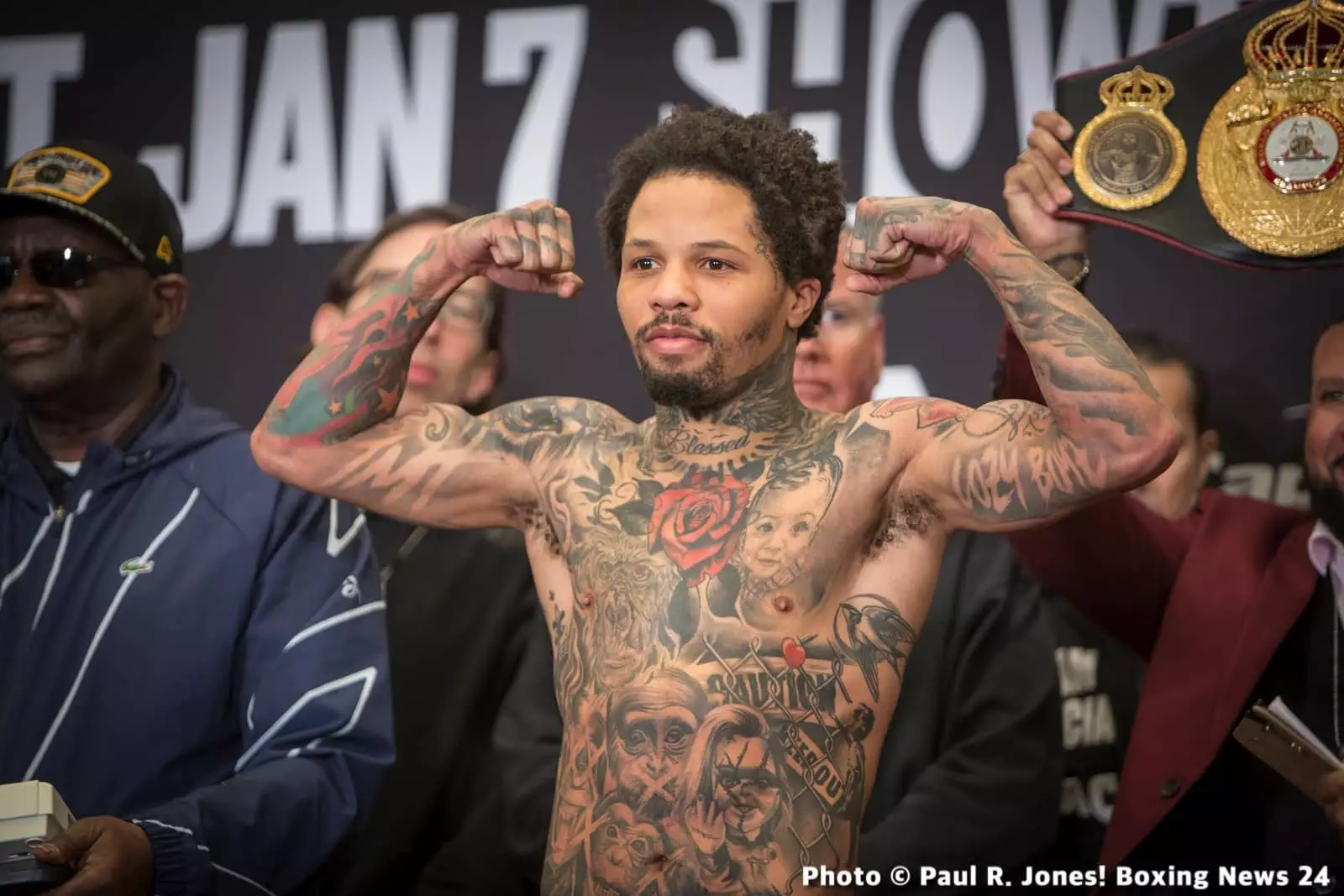The recent leak regarding a potential bout between Jake Paul and Gervonta Davis has ignited a firestorm of speculation within the boxing community and beyond. What makes this supposed matchup so compelling isn’t just the headline-grabbing nature of the fight but what it symbolizes about the evolving landscape of combat sports. If true, this event could redefine how fights are marketed, who fights whom, and how audiences engage with boxing. It’s a bold move—a blending of the spectacle-driven digital era with traditional boxing’s rich history—where star power often trumps conventional weight considerations.
Questionable Origins and Industry Implications
Examining the source of this leak, Netflix Turkey’s brief and now-deleted promotional post, raises critical questions about the reliability of early-stage fight announcements. Is this a calculated marketing tactic or a genuine slip-up? Given Netflix’s previous ventures into boxing streaming with high-profile fights, this isn’t a random mistake but perhaps a calculated hint strategically placed to gauge audience interest or create buzz. The silence from official channels adds an air of mystery that only intensifies the anticipation. If this fight is indeed in the pipeline, it highlights a growing trend: media giants and promoters are increasingly willing to push boundaries by promoting crossover bouts that challenge traditional weight categories and boxing protocols.
The Clash of Styles and Weights Significance
The proposed matchup between Paul and Davis isn’t just provocative because of the fighter backgrounds but because it starkly juxtaposes disparate weight classes. Gervonta Davis operates at lightweight—an area renowned for speed, technical skill, and explosive power—whereas Jake Paul, a social media influencer turned boxer, hovers at cruiserweight, often topping 190 pounds. This size disparity is extraordinary, raising questions about the fairness of competition, safety, and credibility. However, modern boxing’s willingness to overlook such imbalances for a lucrative spectacle is increasingly evident. It reflects a shift where entertainment value and financial capitalization overshadow traditional sport integrity, inviting debate about what boxing is becoming in the age of mass media and social influence.
The Future of Boxing’s Spectacle-Driven Era
If the bout materializes, it will exemplify a broader phenomenon—the blurring of lines between sport and entertainment. Jake Paul’s strategic pursuit of high-profile opponents mirrors the trajectory of modern celebrity-driven fights, where the narrative often outweighs technical merit. Against Davis, a proven knockout artist with crossover appeal, Paul could either bolster his brand or face a humbling defeat, depending on how serious the training is behind the scenes. This fight, real or hypothetical, underscores an industry increasingly driven by digital engagement, viral moments, and worldwide spectacle rather than traditional sporting competitive hierarchy.
In essence, the potential showdown embodies what boxing is transforming into—a battleground not solely for athletic supremacy but for cultural relevance, entertainment value, and global viewership. While skeptics may dismiss it as mere spectacle, it is undeniably a sign of the sport’s evolution towards embracing broader audiences and redefining what a boxing mega-event can look like.

